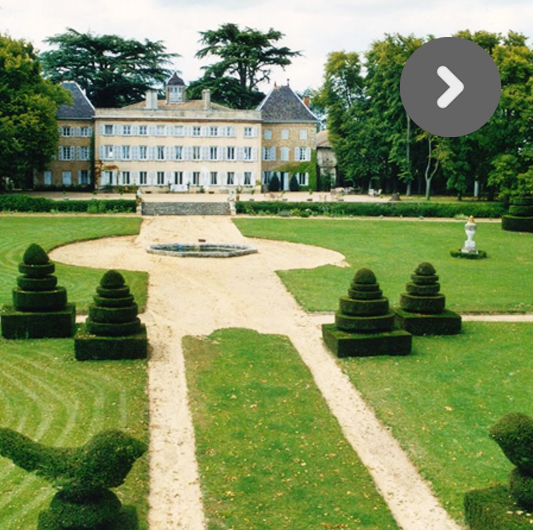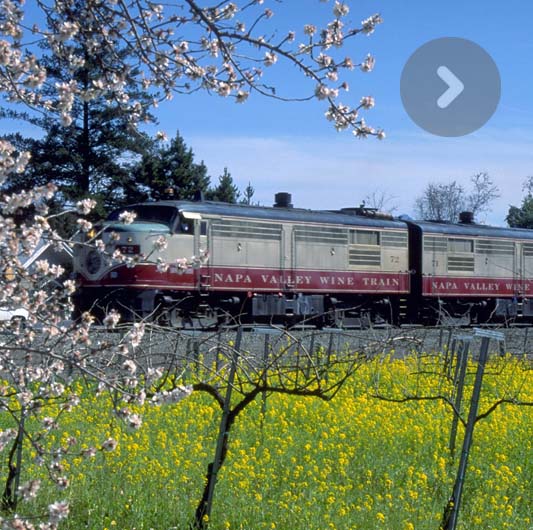History and Land
If we put Paris in a bottle! In a bottle of wine, of course, preferably Clos Monmartre or Morillons! What does remain from the Parisian walled vineyards, the cabaret wine taverns, the “Lapin Agile” where everyone drank under the gazebo?
From the old « Lutetia » (historical name of Paris) to Paris of the 19th century, most of the original vineyards disappeared… but resurrected! The vines resume on the right side of the Seine. A great symbol for the city. There are now more than a hundred vineyards in the Ile-de-France region including a dozen in Paris.
There are so many ways to enjoy Wine and French Art de Vivre in Paris ! WineTravelinFrance is an agency specialised in high end wine and gastronomy experiences in France and Paris. Wine & Caviar tasting in a boat cruising on the Seine river, gourmet dinner in a typical Parisian appartment, … it is all yours !
The Banks of Bercy
The wine merchant was always by the river, the Seine. The barrels of wine arrived in the warehouses of Bercy, on the outskirts of Paris, and until the Revolution the wine was not taxed! Bercy attracts all traders and became the largest global market for wines and liquor. In 1877, the city was built on the plans of the architect Viollet-le-Duc, where immense warehouses stood. In the 20th century, prestigious wines were alongside large distributions of the most popular wine companies.
The imprint of the wine market can be seen in the “Parc de Bercy”, with its exquisite rails and cellars of the Cour Saint-Emilion. In the garden of Yitzhak Rabin you will discover 660 m2 of vineyards with 350 feet of chardonnay and sauvignon vines that were planted in 1996.
128 Quai de Bercy, 75012 Paris
Les Clos des Morillons
Until the end of the 18th century, this vineyard covered the southern part of the “hameau du Vaugirard” (15th district) and produced the “Clos de Morillons” and “Clos des Perichots”. They gave their names to the neighboring streets. Shortly after, enclosed areas faded and gave way to vegetable crops and abattoirs of Vaugirard. To reconnect with the typical tradition of the Parc Georges Brassens, vineyards have been replanted in the location of the slaughterhouses in 1983 on 1200 m2 of pinot noir, perlette, pinot meunier, to produce table wine!
Parc Gorges Brassens
2 Rue Jacques Baudry, 75015 Paris
The vines of Belleville
The past wine story of Lutèce dates back to the Carolingians. The enclosed vineyard maintained by the monks covered the “plateau de Savies”, currently Belleville (20th district). They produced a wine of quality.In the 14th arrondissement, innkeepers and tavern-keepers settled in the village and installed trade with an abundant amount of wine, but a mediocre type of wine perpetuated until the Revolution. All of Paris came to loosen up, dance, and drink «guinguet», a young and sparkling wine which earned its name due to the guinguettes. Little by little, the vineyard disappeared except for a small plot of 500 m² remains, planted in 1992.
47 Rue crowns, 75020 Paris

Clos Montmartre
The vineyard of Montmartre is the oldest and most famous. Its origins date back to the Gallo-Roman era. Cultivated by the wine laborers, from the hills to the surrounding plains, the vines continued to grow during the middle ages and later. In the 18th century, it tended to disappear but community planning never let it fail! In 1932, under the leadership of the society of old Montmartre, the city of Paris planted an enclosed 2000 feet of vines, mostly gamay and pinot. In 1935, harvest festivals were instituted and continue even today during the second weekend of October. Each year, this enclosed vineyard produces 800 bottles of red wine which are sold at auctions to the benefit of a charity.
Rue des Saules 75018 Paris
Square of vine, secret route
The small 600 m² vineyard of Butte Bergeyre is registered in the 20th district of Paris between the “Place de Colonel Fabien” and the “Parc des Buttes – Chaumont”. This is a young vineyard that was planted on the hillsides in 1995 in memory of the elderly. The vineyard is not open to the public but we can have a taste through the gates…
Parc des Buttes-Chaumont
1 Rue Botzaris 75019 Paris
The “jardin Catherine Labouré” belongs to a religious organization, named “Compagnie des filles de la Charité” and is open to the public. This garden is located on “Rue de Babylone” (6th district) which faces the back of the gardens of Matignon. After shopping at the Bon Marché, it’s nice to go, sit under the vines and relax. In the fall, it is a delight to pose under heavy bunches of grapes which form a shaded arch.
29 Rue de Babylone 75007 Paris
The “jardin du presbytère de l’église Saint-François-Xavier,” near the boulevard des Invalides and in the chic 7th arrondissement. It hides a small garden planted with grape vines. It can only be visited during the Festival of gardens at the end of September.
12 Place President Mithouard 75007 Paris
In the 6th arrondissement, next to the Abbey of Saint-Germain-des-Prés, do not hesitate to enter the square Félix Desruelles. It houses a dozen very rustic vines of gamay. It is the smallest and most chic Parisian vineyard!
168 bis Boulevard Saint Germain 75006 Paris
The vines of Bagatelle is the only private vineyard in the capital. 400 feet of vine planted in the private garden of a mansion in the heart of the Bois de Boulogne. Visit the cellar and enjoy the tastings by appointment with the cellar master.
The vines of Bagatelle 16th district
www.lavignedeparisbagatelle.fr
10 Route from the field of training, 75116 Paris










